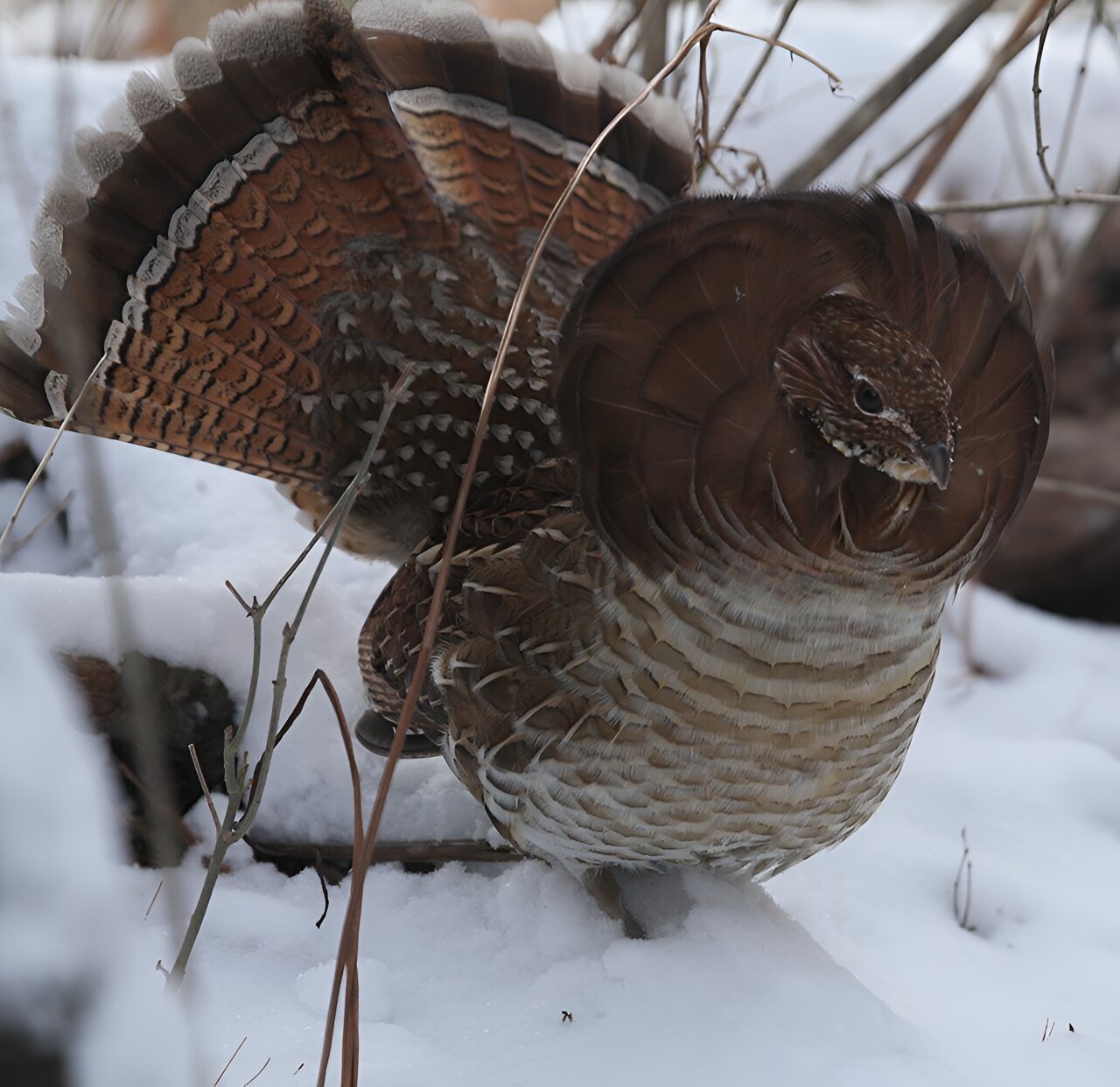Despite decades of decline, a genetic analysis of ruffed grouse reveals that Pennsylvania’s state bird harbors more genetic diversity and connectivity than expected. The findings suggest that the iconic game bird could be maintained in persistent numbers if appropriate protections are implemented. The study, led by Penn State and Pennsylvania Game Commission researchers, is published in Molecular Ecology.
According to the researchers, Pennsylvania’s ruffed grouse populations have declined by up to 70% since the early 1960s, with birds in the southern part of the state particularly affected by West Nile virus, which is spread by mosquitoes, and by habitat fragmentation due to development.
“By all typical metrics, the ruffed grouse is in a state of rapid decline,” said Julian Avery, associate research professor of wildlife conservation at Penn State and co-author of the paper. “Yet, until now, no one had used genetic tools to investigate the effects of this decline at a deeper level. By applying whole-genome sequencing, we have found that the bird is genetically better off than we suspected, which means that habitat protection and other management interventions can work to protect this species.”
Leilton Luna, postdoctoral researcher at Penn State and corresponding author of the paper, explained that when an organism’s population size drops too low because of disease or habitat loss, inbreeding can occur, which can lead to a decline in genetic diversity over time.
“Populations with low genetic diversity have a harder time evolving in response to changing environmental conditions and are at greater risk of extinction,” Luna said. “In the case of the Pennsylvania ruffed grouse, due to the sharp population decline, it certainly doesn’t have the same healthy genetic conditions as it did in the past. Even so, the current levels of genetic diversity and connectivity give us great hope for the preservation of this species.”
2023-10-04 17:48:03
Article from phys.org rnrn
